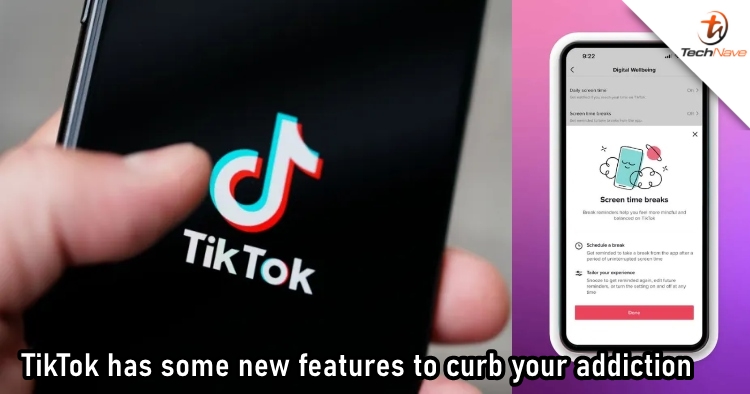
One of the major disadvantages of social media is addiction and the negative impacts it has on other aspects of the users’ lives. For an entertainment app like TikTok, addiction could just be a mild way of describing the excessive time being spent on the app by some users at the expense of other valuable engagements they are supposed to have in a day.
With over 1 billion users worldwide and statistics suggesting dominant youthful users between ages 18 and 24, the app sure needs to add some control measures. It is, therefore, a good development that the app owners have also realized the addictive nature of the platform and are continuously providing new tools to help users to control their time on TikTok.
Before now, TikTok already allows users to set a maximum screen-time allowance for each day, to help them stop idling away hours at a time scrolling through the “for you” page. And now, TikTok addicts will be able to limit their time on the app further, with a new pair of screen-time settings.
What the new tools do for TikTok users
- Let people control how much time they spend on TikTok in a single sitting by enabling regular screen time breaks.
- These prompts will remind people to take a break after a certain amount of uninterrupted screen time, which they can set as they choose.
- TikTok new screen time dashboard will also give its community data about how much time they are spending on TikTok, with summaries of their daily time spent on the app, the number of times they opened the app, and a breakdown of daytime and night-time usage.
- People can also opt for weekly notifications to review their dashboard.
In addition to the above, TikTok says it also plans to introduce weekly digital well-being prompts for younger members of its community. “When someone aged between 13 and 17 has used the app for more than 100 minutes in a single day, we will remind them of our screen time limit tool the next time they open the app,” the app added.
Earlier this week, Apple also announced a new set of options in its own screen time feature, aimed at making it easier for parents to manage the screen time of their children. Kids can now send a text request to their parents for extra screen time and have it approved in-app, rather than needing to hand their phone over and have a passcode entered.
And parents can now automatically set up phones with a single collection of recommended settings based on the child’s age, and with screen-time limits and bedtimes enforced automatically.

